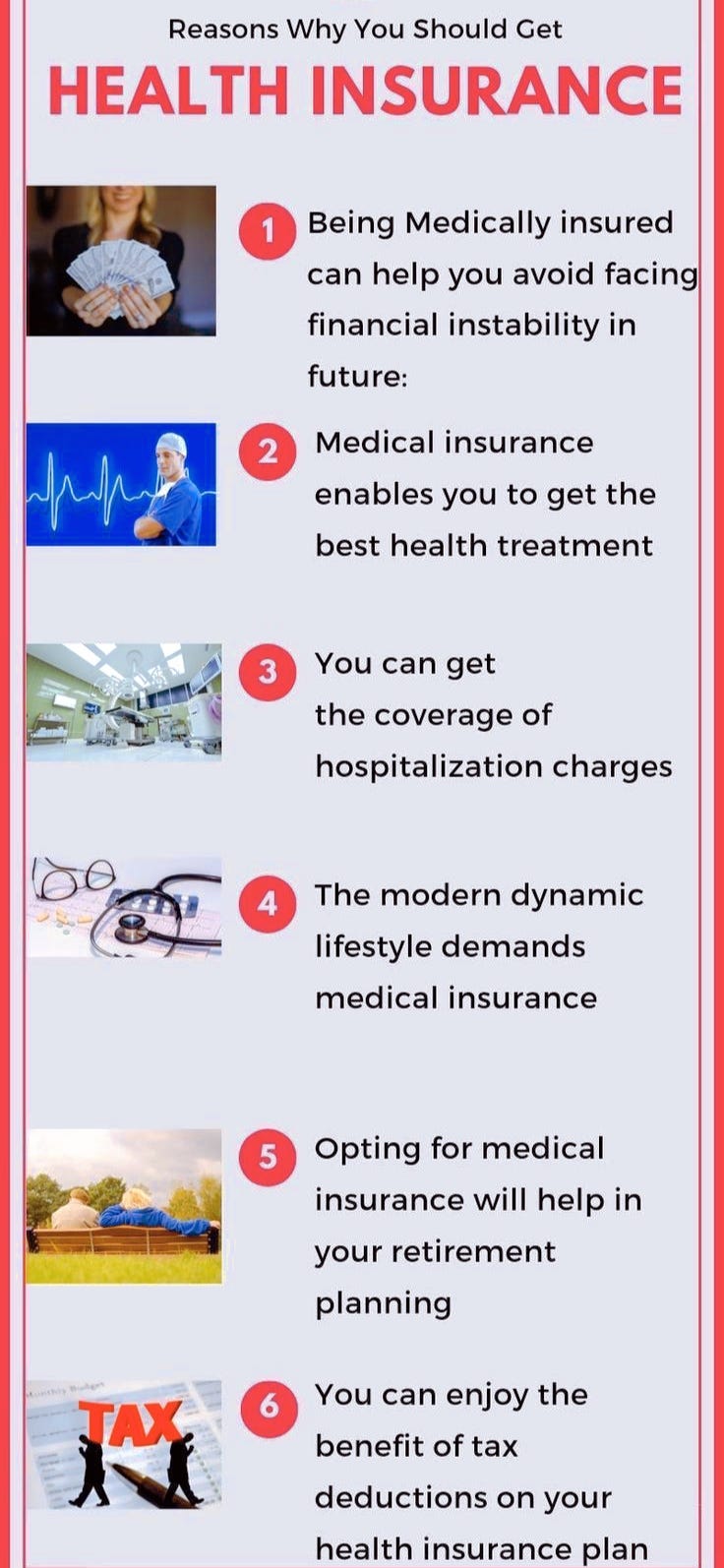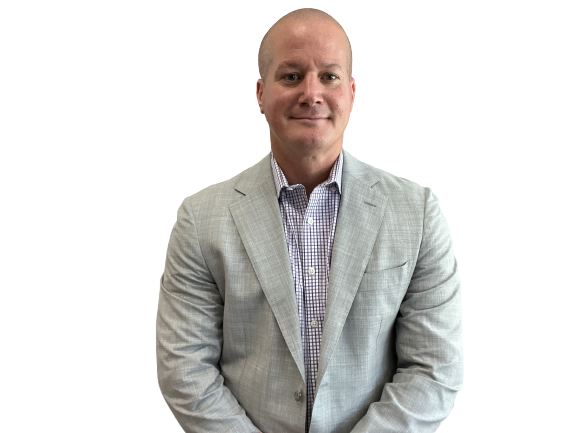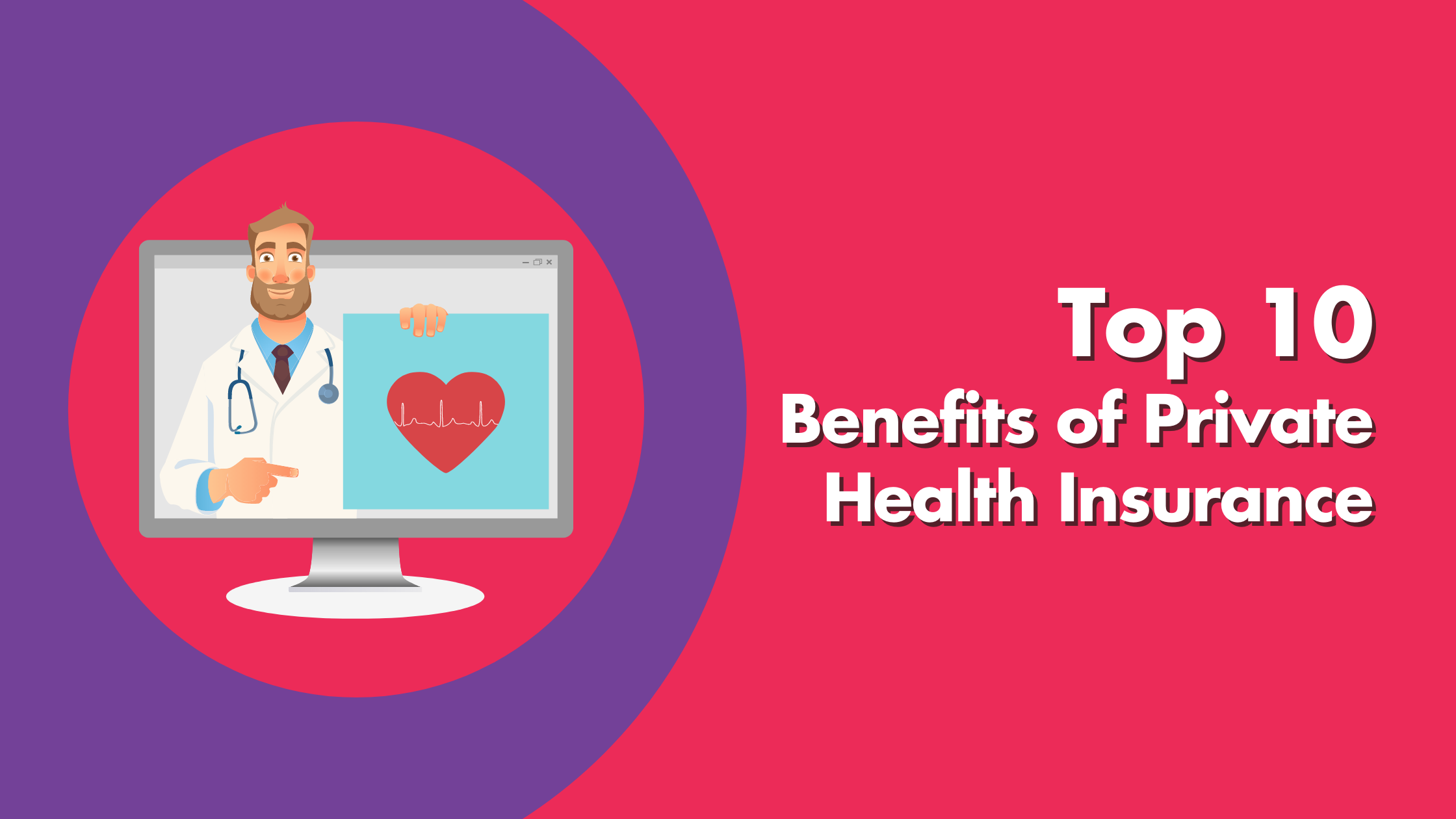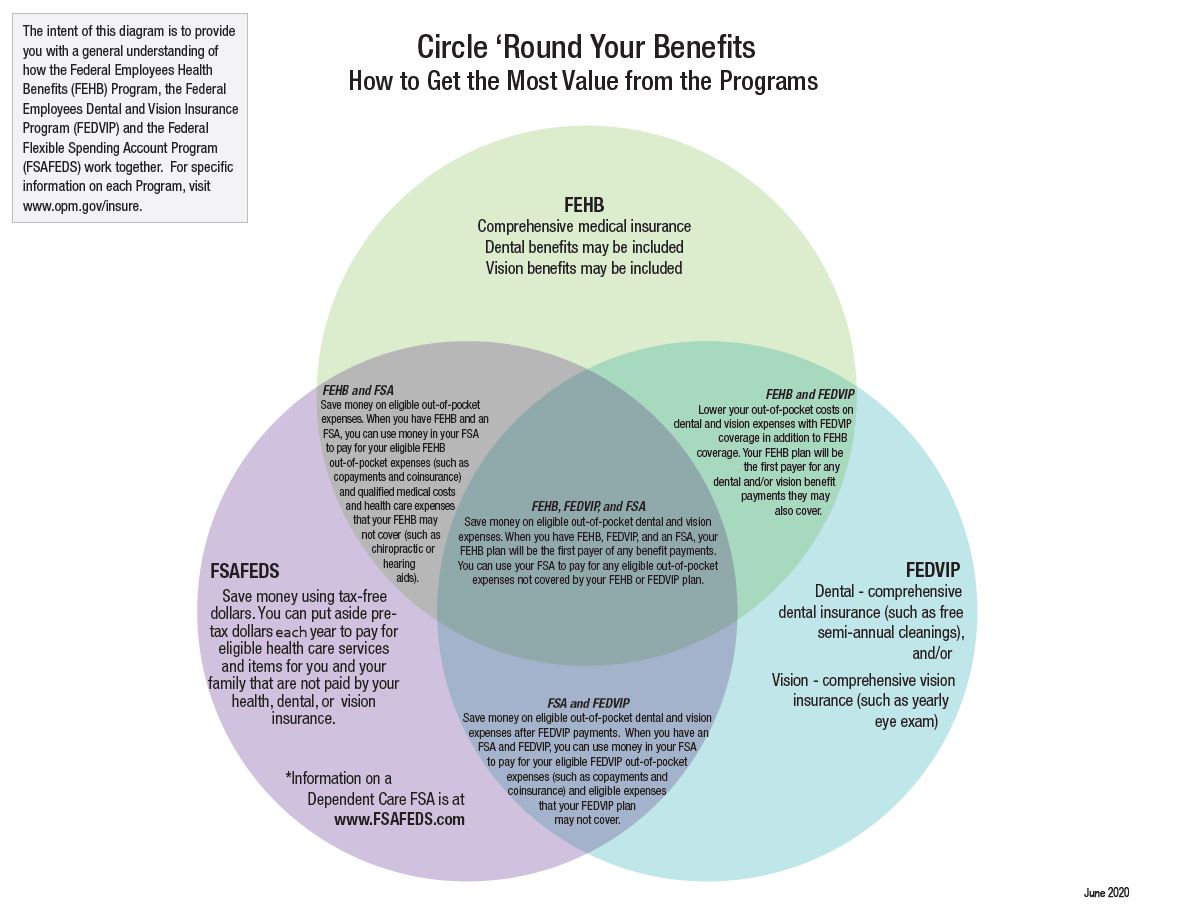Medicare Advantage Agent Can Be Fun For Anyone
Medicare Advantage Agent Can Be Fun For Anyone
Blog Article
Some Of Medicare Advantage Agent
Table of ContentsSome Of Medicare Advantage AgentThe smart Trick of Medicare Advantage Agent That Nobody is Discussing6 Easy Facts About Medicare Advantage Agent Described


follows from adheres to the relatively young age profile of the uninsured with the better health, on average, standard younger personsMore youthful For those without accessibility to office wellness insurance policy, bad health and wellness is a prospective barrier to purchasing nongroup coverage because such coverage might be extremely priced, exclude pre-existing problems, or be just not available. Unless otherwise kept in mind, nationwide quotes of people without wellness insurance policy and percentages of the population with various kinds of insurance coverage are based on the CPS, the most commonly used source of price quotes of insurance policy coverage and uninsurance prices.

How Medicare Advantage Agent can Save You Time, Stress, and Money.
Over a three-year period starting early in 1993, 72 million individuals, 29 percent of the united state population, lacked protection for at least one month. Within a solitary year(1994), 53 million people experienced at the very least a month without protection(Bennefield, 1998a). 6 out of every ten without insurance adults are themselves used. Although working does boost the probability that and one's relative will have insurance policy, it is not an assurance. Also members of family members with two permanent wage earners have nearly a one-in-ten chance of being uninsured (9.1 percent without insurance price)(Hoffman and Pohl, 2000 ). The connection in between medical insurance and access to care is well established, as recorded later on in this chapter. The relationship between health insurance coverage and health outcomes is neither direct nor straightforward, a comprehensive professional and health services research literature links health insurance coverage
to improved better accessibility care, better far betterTop quality and improved boosted individual population populace wellnessStanding For instance, the 2nd record, on individual health and wellness end results for uninsured grownups, is stood for by the innermost circle of the figure, while the 3rd record, on family members wellness, includes the subjects of the second record yet stresses a different system of evaluation, namely, the household. The 6th record in the series will certainly offer info about strategies and campaigns embarked on locally, statewide, or nationally to resolve the lack of insurance and its adverse influences. Levels of evaluation for taking a look at the impacts of uninsurance. This conversation of medical insurance protection focuses largely on the U.S. populace under age 65 since virtually all Americans 65 and older have Medicare or various other public coverage.
It focuses specifically on those without any type of health and wellness insurance policy for any size of time. The problems encountered by the underinsured remain in some respects comparable to those encountered by the without insurance, although they are generally much less extreme. Uninsurance and underinsurance, nonetheless, entail clearly various plan concerns, and the approaches for resolving them may differ. Throughout this study and the five reports to follow, the major emphasis gets on persons with no health insurance and thus no assistance in paying for wellness treatment beyond what is available through charity and safeguard establishments. Wellness insurance coverage is a powerful element affecting invoice of care because both patients and medical professionals reply to the out-of-pocket cost of services. Wellness insurance policy, nevertheless, is neither needed nor enough to access to clinical services. Nonetheless, the independent and direct impact of health
insurance policy coverage on access to wellness services is well developed. Others will certainly obtain the healthcare they require even without wellness insurance coverage, by paying for it expense or seeking it from suppliers who use care complimentary or at highly subsidized prices. For still others, medical insurance alone does not ensure receipt of treatment as a result of various other nonfinancial barriers, such as a lack of wellness care carriers in their neighborhood, minimal access to transportation, illiteracy, or etymological and cultural differences. Official study regarding without insurance populaces in the United States dates to the late 1920s and early 1930s when the Board on the Price of Healthcare created a collection of reports concerning funding physician office visits and hospitalizations. This concern came to be salient as the numbers of clinically indigent climbed up throughout the Great Depression. Empirical research studies constantly sustain the web link in between access to you could check here care and enhanced wellness outcomes(Bindman et al., 1995; Starfield, 1995 ). Having a normal resource of treatment can be taken into consideration a predictor of access, as opposed to a direct step of it, when health and wellness results are themselves made use of as accessibility indications. This expansion of the idea of accessibility dimension was made by the IOM Board on Monitoring Access look at these guys to Personal Health Care Services(Millman, 1993, p. Whether moms and dads are guaranteed shows up to impact whether or not their children receive treatment along with just how much careeven if the youngsters themselves have protection(Hanson, 1998). The health and wellness of parents can affect their capability to take care of their children and the level of family members anxiety. Bothering with their youngsters's access to care is itself a resource of tension for moms and dads. 3 chapters adhere to in this report. Chapter 2 gives a summary of how employment-based wellness insurance coverage, public programs and private insurance plans operate and communicate to provide extensive yet incomplete coverage of the united state population. This includes a testimonial of historical fads and public plans affecting both public and exclusive insurance coverage, a discussion of the communications among the various kinds of insurance, and an evaluation of why individuals relocate from one program to another or wind up

Report this page